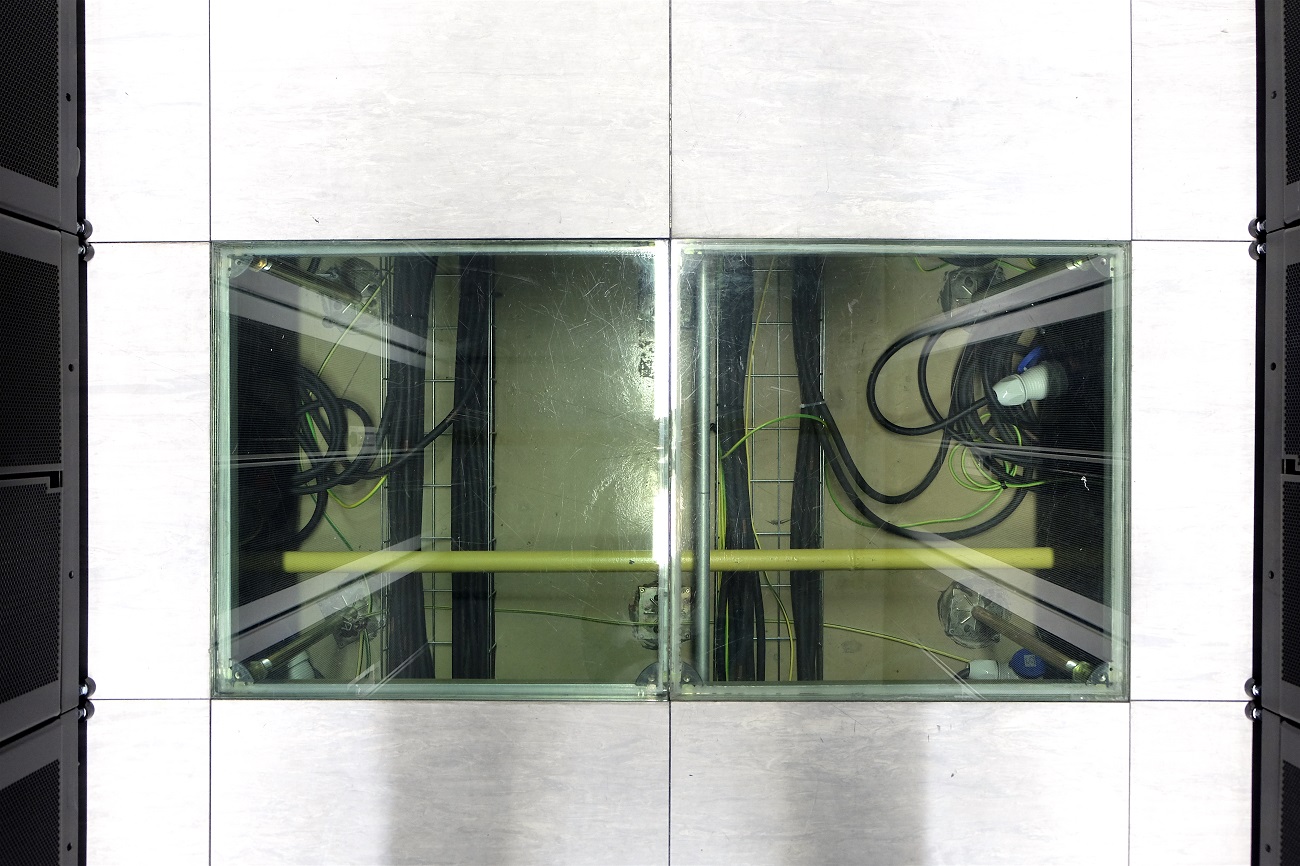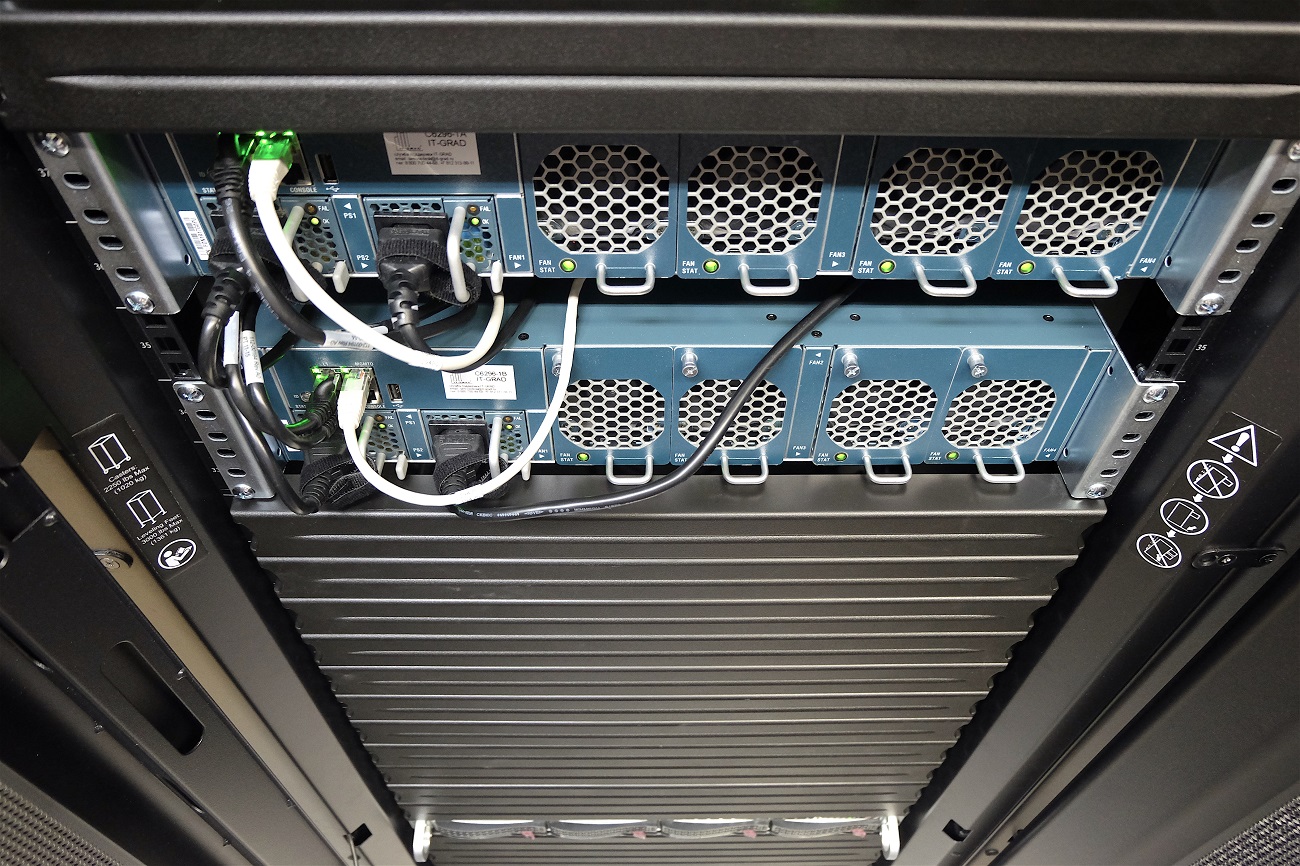"How we build IaaS": materials on the work of 1cloud
We talk about how we launched and developed the 1cloud cloud , talking about the evolution of its individual services and architecture as a whole. Another - dismantling the myths about the IT-infrastructure.

/ Wikimedia / Tibigc / CC
')
 / Big photo tour of the Moscow cloud 1cloud on Habré
/ Big photo tour of the Moscow cloud 1cloud on Habré
 / Big photo tour of the Moscow cloud 1cloud on Habré
/ Big photo tour of the Moscow cloud 1cloud on Habré
What we write on our Facebook page:

/ Wikimedia / Tibigc / CC
Evolution
How we started the development of our IaaS-provider
- We compare our expectations before launching the platform with the first experience of providing services to customers. We start with a brief history of the appearance of 1cloud, then - we argue about how we determined the circle of "our" clients. Next, we share the difficulties that we have encountered, and the main conclusions on the basis of their resolution. We hope that this material will be useful for startups and teams starting to develop their projects.
How we chose the direction for development
- This is a material on how we modified the platform, starting from the changing needs of clients: we realized the possibility of creating private networks, updated the methods of managing disk space and increased capacity. In addition, here we are talking about services for those who do not consider themselves to be system administrators and IT specialists - about server templates, VDS hosting with a pre-installed control panel and simplified license administration.
How the cloud architecture evolved 1cloud
- When we first launched our service, the platform was based on a classical architecture of three components: a web server, an application server, and a database server. However, over time, our infrastructure has grown geographically and many different client companies have emerged. The old three-tier model had certain limitations in terms of scaling, and we decided to try out a modular approach to building architecture. How we approached this task, and what problems we encountered in the process of implementing the new architecture, read this article.
DevOps in the cloud service on the example of 1cloud.ru
- The development cycle for new releases of our products was somewhat unstable and varied in duration. Switching to DevOps has improved the efficiency of development and stabilized the time frame for the release of updates. From this material you will learn some of the nuances of our implementation of the DevOps approach as part of the work on 1cloud.
How do individual services evolve
- Compact notes on how we have automated work with DNS records in the hosting panel (control panel layout, problem solving and development plans); how our API works (in terms of cost savings for our customers); and how the IaaS provider can make payment for services more convenient (our experience in realizing the possibilities for online payment - from creating a clear interface to connecting a payment gateway).
How is the technical support service 1cloud
- We share the experience of organizing interaction with customers: from chat and telephone to email and web-based capabilities. In addition, we have prepared recommendations for the preparation of calls to technical support, which will help to achieve the desired result.
')
 / Big photo tour of the Moscow cloud 1cloud on Habré
/ Big photo tour of the Moscow cloud 1cloud on HabréMyths and Reality
Three articles, nine misconceptions
- The first material of our cycle will dispel the myth that the technical support of the IaaS-provider is filled with the “girls” who do not understand anything. Also here are arguments in favor of the fact that not only IT specialists can control and maintain the virtual environment.
- The second article will dispel misconceptions about the vulnerability of cloud solutions and the superiority of foreign providers over Russian ones. Let us explain why cloud security mechanisms are in no way inferior to traditional infrastructure protection systems, and why large corporations are moving business-critical applications to a virtual environment.
- The third part is devoted to the myths about iron. It will be about the conditions in which large providers place their hardware capacity - what requirements the data center must meet, and whether the equipment can operate in a trouble-free mode. We will also explain how the availability of servers for clients depends, and we will discuss the issue of “HYIP” around the cloud.
What can we say about the speed of data transmission in our cloud
- Here is an overview of the features available for 1cloud clients in the general public, private client and public client subnets of our cloud. We tell what affects the speed: from what data is transmitted to the equipment involved.
 / Big photo tour of the Moscow cloud 1cloud on Habré
/ Big photo tour of the Moscow cloud 1cloud on HabréRecommendations and Reviews
What to choose: virtual or "physical" server
- We find out whether the costs of on-prem and cloud server will differ within five years of operation. We take into account the cost of equipment, rental, software installation, administration, maintenance and taxes. For completeness, we take two types of configurations as a basis - “powerful” and basic. Plus we give a comparative table.
Another unboxing of new equipment: Cisco UCS B480 M5
- Photo report unpacking a new iron, which will help us provide customers with VM 32-core processors and RAM up to 400 GB. We will show what the “stuffing” looks like, tell you about the technical characteristics and capabilities.
What you need to know about IaaS-provider before starting work
- This article presents a checklist of 21 questions that a provider should ask before signing a contract with it. There are basic moments and not quite obvious things.
What we write on our Facebook page:
Source: https://habr.com/ru/post/450602/
All Articles